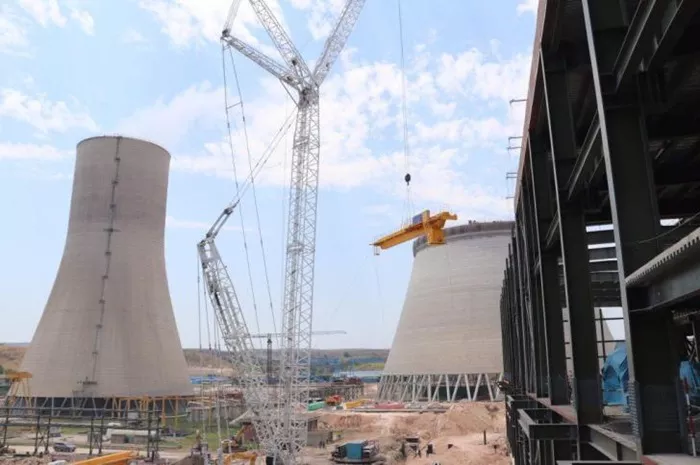The Zimbabwean government has embarked on an ambitious project to enhance the nation’s power grid by adding two new generators at the Hwange Power Station. This initiative is designed to bolster the country’s base load capacity, a crucial step following the recent commissioning of Hwange Units 7 and 8 in August of the previous year. These units have been instrumental in compensating for the diminished power output from the Kariba hydroelectric plant, which has been struggling due to critically low water levels.
The Zambezi River Authority (ZRA) has reported a dramatic decline in water levels in the Zambezi River, which stood at just 12.8% in early June 2024, down from 29.1% the previous year. This reduction is attributed to the effects of climate change, which have rendered hydro-power sources increasingly unreliable.
In response, the ZRA has maintained a water allocation of 16 billion cubic meters for both the Zimbabwe Electricity Supply Authority (ZESA) and Zambia’s ZESCO. This allocation supports a combined annual power production of 428 megawatts (MW), equally divided between the two utilities.
To address the escalating electricity demands driven by growth in sectors such as mining, manufacturing, and agriculture, as well as increased household consumption, the Zimbabwean government is accelerating new energy projects. Electricity demand is projected to surge to around 5,177 MW by 2030.
Finance, Economic Development, and Investment Promotion Minister Professor Mthuli Ncube highlighted that the operationalization of Hwange Units 7 and 8 has significantly enhanced the energy supply. The government is committed to further investments and policy reforms to meet future electricity needs, including the development of Hwange Units 9 and 10.
Moreover, the government is introducing risk mitigation incentives to enhance the attractiveness of solar projects for independent power producers (IPPs). Increased investments in clean energy sources are part of a broader strategy to bolster sector resilience against climatic disruptions.
In addition to expanding large-scale power generation, the government is also focusing on diversifying energy sources. Investments will continue in mini-hydropower plants, solar projects, and bio-digesters under the Rural Electrification Fund. These efforts aim to improve grid capacity and stimulate economic activity at the grassroots level. The government plans to forge partnerships with the private sector to implement off-grid systems, extending electricity access to remote communities beyond the reach of the national grid.
- Cummins QSK60 Review: The Heavy-Duty Powerhouse For Industrial Applications
- 5 Best Whole House Diesel Generator
- How To Use An Electric Generator For Home?

